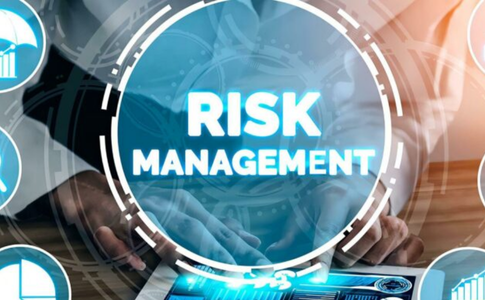Risk management is a critical component of business operations. It has gained widespread attention in recent years, with more and more organizations bringing potential risks to the forefront.
But what is risk management?
Risk management describes the process by which businesses identify and control threats to their companies. This is done with the purpose of protecting revenue and other critical business assets.
If you’re a business leader or anyone with any sort of stake in a company, it’s important to understand risk management and how you can protect yourself and others in the organization from different types of loss. Developing a risk management plan is the first step in taking control of things and implementing the right strategies and techniques to guard against some of the most dangerous threats faced by businesses today. This is key to not only protecting your current assets but enabling future growth.
Types of Risk Management
Risk management can take many forms, and it’s crucial to understand the differences between various types of risk management. Digital risk management is one of the most common forms of risk management in practice today. Because virtually all companies operate in the digital space to some extent, they need to be on the lookout for internet-related threats. Digital risk management is especially important for those undergoing digital transformation and bringing more of their valuable assets into the online world. The following are some of the most important types of digital risk management:
- Cybersecurity risk
- Compliance risk
- Automation risk
- Third-party risk
- Data Privacy risk
While most forms of digital risk management can be handled effectively internally, other types, such as third-party risk management, are heavily dependent on outside parties doing their job. You could be doing everything right and still be put at risk due to a third party’s negligence. As such, it’s important to be aware of who you’re doing business with. Communicate with them and make sure that they have the proper security measures in place.
Cybersecurity risk management has become especially important in the modern age. Cyber attacks are getting more advanced by the day, which is why it’s absolutely vital to protect your data around the clock. Developing a cybersecurity risk management framework can enable you to manage risk more effectively. The NIST framework is among the most widely-used and encompasses everything from categorizing systems to implementing and assessing controls. Specialized tools and software can be particularly helpful for managing cyber risk, as well as other threats in the digital space.
Risk Management in Business
Individual risk differs significantly from risk management in business. For one, corporations are responsible for multiple moving parts. They’re not only tasked with managing digital risk, but every other type of risk that threatens their bottom line. They have to ensure that all third parties and partners they work with have their bases covered as well, because by opening their systems to other organizations, they are potentially putting their own assets at risk.
It should go without saying, then, that in order for companies to implement an effective risk management process, they need to utilize the right tools and techniques. There are many different types of risk management services available today, walking you through each step of the process so that you don’t have to go at it alone. For example, some services can install software for you; others provide the tools or APIs so that you can build solutions on your own. No matter your level of experience or where you’re at in the process, you can benefit from partnering with a trusted risk management service.
Risk management is a critical component of business operations, and there’s a lot involved with the process, but it doesn’t have to be complicated. Trava helps ease the burden on users, giving them the tools they need to better understand their risk and work to mitigate that risk in the most effective way possible.


